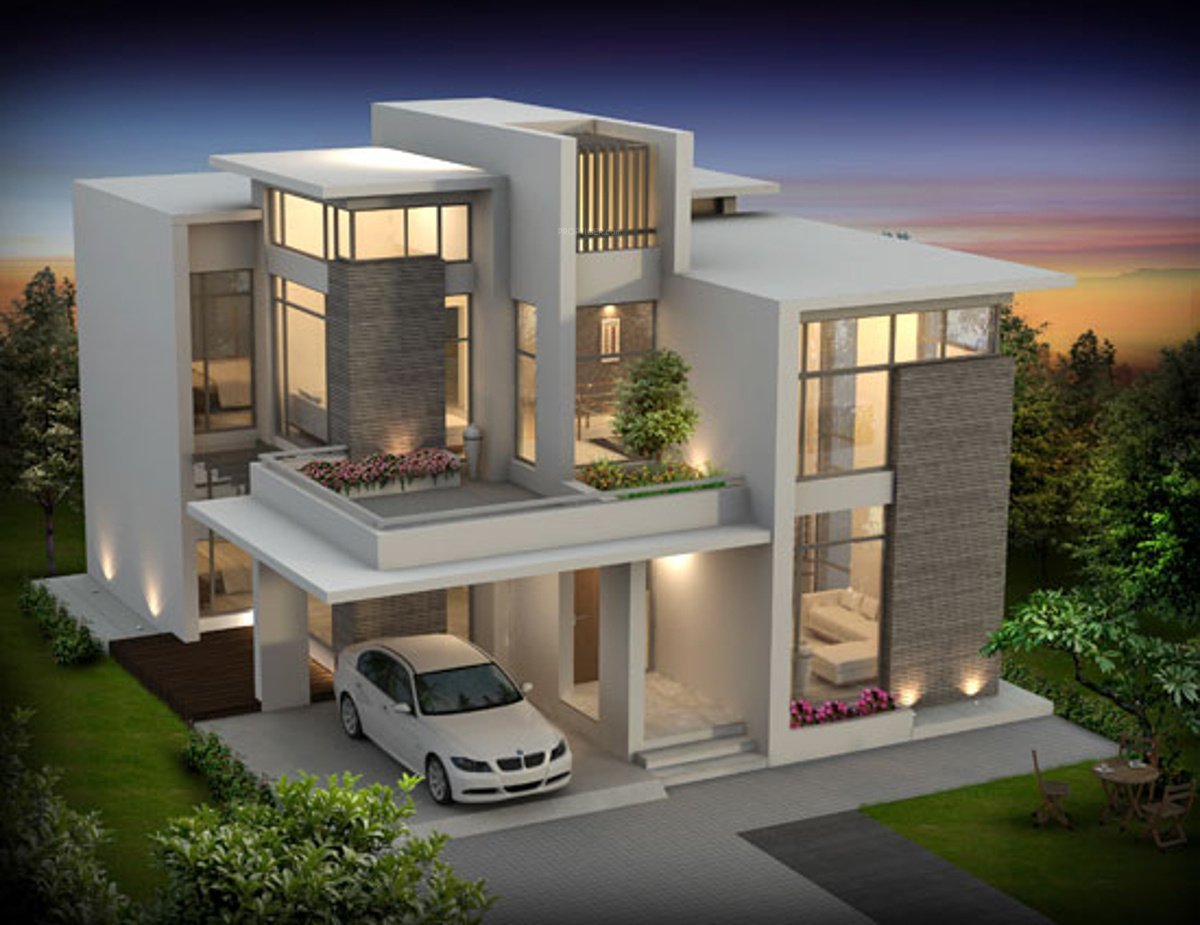Introduction
Villa design represents the height of residential architecture, showcasing individual taste, refined lifestyle, and social prestige. More than just large homes, villas are bespoke living spaces that balance elegance with practicality. Across the globe, modern villa designs reflect both regional aesthetics and contemporary trends, offering homeowners an exclusive experience rooted in beauty and functionality.
A Brief History of Villas
The concept of the villa traces its roots back to ancient Rome, where they served as luxurious countryside retreats for the elite. These early villas were marked by symmetry, open courtyards, and lush gardens. Over the centuries, the idea evolved across cultures—from Mediterranean estates to Mughal haveli-style homes in South Asia—each version incorporating unique architectural and cultural elements.
Today’s villas retain the essence of exclusivity and comfort but are far more diverse in style, materials, and purpose.
Key Elements of Modern Villa Design
Open Floor Plans and Natural Light
An essential feature of contemporary villa design is the open-concept layout that promotes spaciousness and connectivity. Minimal use of walls allows for a smooth, uninterrupted flow between the living, dining, and kitchen spaces. Tall ceilings and expansive windows invite abundant natural light, amplifying the feeling of openness and strengthening the bond with the surrounding environment.
Indoor-Outdoor Integration
A hallmark of luxury villa living is the seamless integration of interior and exterior spaces. Folding glass walls, spacious verandas, rooftop terraces, and private gardens ensure that the natural environment is part of the living experience. In warmer climates, infinity pools, outdoor kitchens, and shaded lounging areas are essential features.
Use of Natural Materials
Wood, stone, marble, and glass are commonly used in villa design to add texture and character. These materials enhance visual appeal while harmonizing with the natural surroundings. In tropical locations, teak and bamboo may dominate, while desert villas might use limestone or adobe-style finishes to remain cool.
Architectural Styles in Villa Design
Villa designs are deeply shaped by regional geography and cultural heritage. Some popular architectural styles include:
Mediterranean Style
Inspired by homes in Spain, Italy, and Greece, Mediterranean villas typically feature red-tiled roofs, arched windows, stucco walls, and wrought-iron detailing. Courtyards and fountains often serve as central design elements.
Contemporary Minimalist
Minimalist villas focus on sleek lines, spacious layouts, and a palette of neutral tones. Less is more in this design philosophy, with a focus on high-quality materials, functional spaces, and unobstructed views.
Arabian and Moorish Influence
In regions like the Middle East, villas often include traditional features such as mashrabiya screens, domes, and geometric patterns. Intricate tilework and lush internal courtyards offer privacy and beauty in equal measure.
Tropical Villas
Common in Southeast Asia and the Caribbean, tropical villas are designed to maximize airflow and resist humidity. Thatched roofs, open pavilions, and water features like koi ponds or swimming pools are common.
Smart and Sustainable Living
Eco-Friendly Design Choices
Modern villa design in dubai increasingly embraces sustainability. Solar panels, rainwater harvesting systems, energy-efficient appliances, and green roofs reduce environmental impact. Sustainable wood and recycled materials are also preferred in construction and furnishing.
Smart Home Technology
Luxury today is synonymous with convenience. Smart home systems enable homeowners to manage lighting, climate, security, and entertainment remotely with ease. Automated blinds, voice-controlled assistants, and cutting-edge surveillance systems enhance both convenience and safety.
Interior Design and Personalization
The interiors of a villa should be as carefully curated as its architecture. Designers often collaborate with homeowners to reflect personal style—whether that’s modern, classical, rustic, or eclectic.
Custom furniture, art installations, textured fabrics, and statement lighting can make each space feel distinct. In high-end villas, you might also find wine cellars, home theaters, indoor spas, or libraries—tailored to the interests of the residents.
Landscaping: Extending the Experience Outdoors
Landscaping is a critical component of villa design. A well-designed outdoor area not only enhances curb appeal but also creates private sanctuaries for relaxation and entertainment. From Zen gardens to tropical oases, the landscaping theme often echoes the architecture of the villa.
Swimming pools with sundecks, fire pits, gazebos, and meditation areas are commonly included. Native plants are often preferred for easy maintenance and ecological balance.
Security and Privacy
One of the biggest draws of villa living is the sense of privacy. High boundary walls, gated entrances, and advanced security systems are standard features. In many regions, villas are located within exclusive gated communities that offer additional amenities like clubhouses, tennis courts, and concierge services.
Conclusion: The Ultimate Expression of Luxury
Villa design is more than building a large house—it’s about creating an environment that reflects one’s identity, supports well-being, and offers refuge from the outside world. Whether inspired by ancient traditions or cutting-edge minimalism, a well-designed villa harmonizes architecture, nature, and lifestyle into a unified and elevated experience.
As the world continues to embrace personalization, sustainability, and technological integration, the future of villa design promises innovation without compromising on the timeless essence of luxury and comfort.
For more and latest articles click here.


